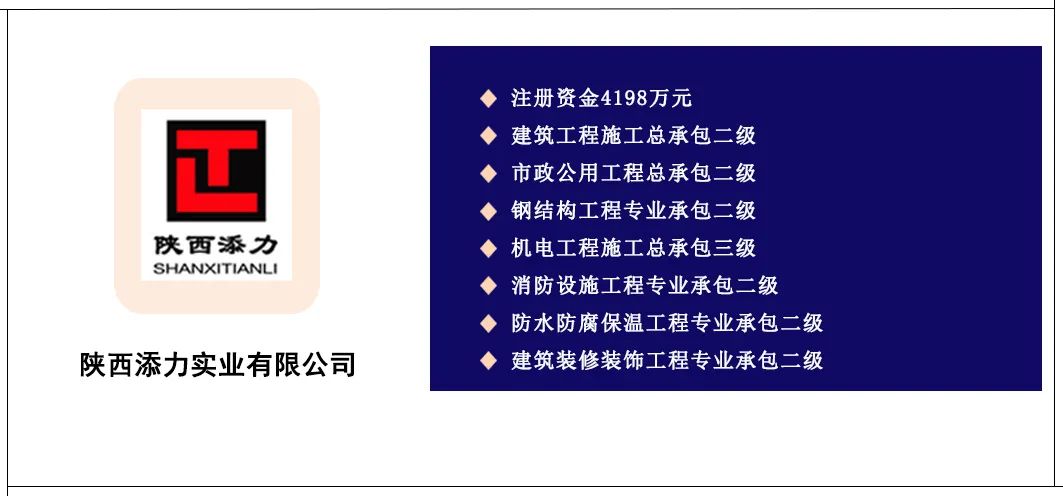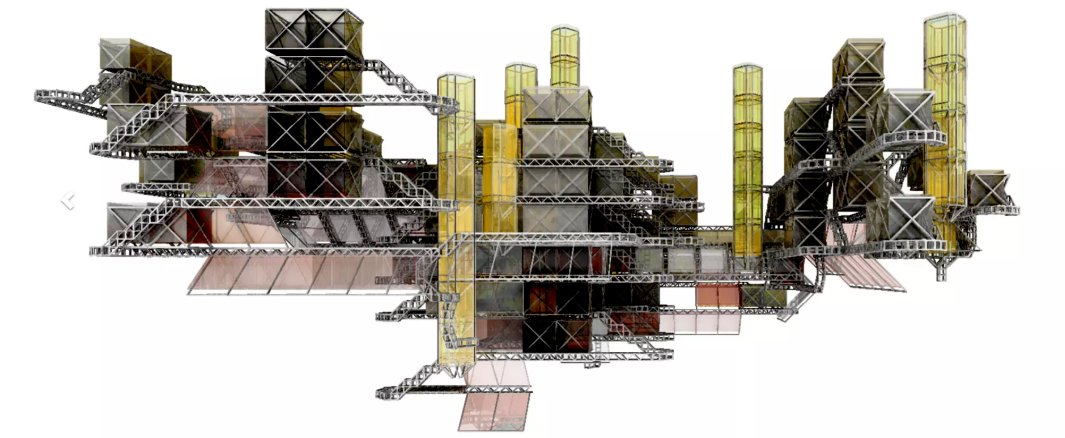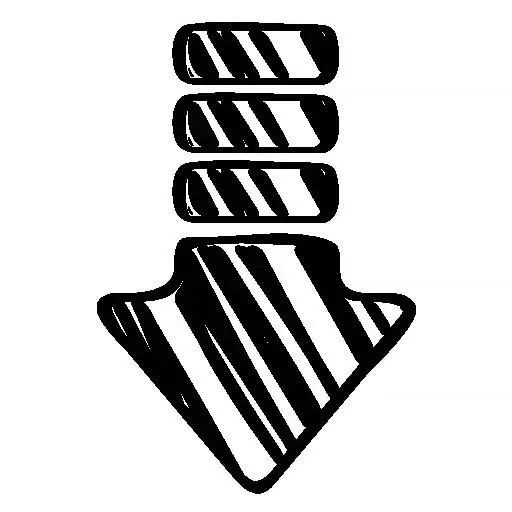In the future, the company will continue to explore the deep integration of “PV+architecture”, practice more innovative solutions of “PV+architecture”, promote the decarbonization process in the construction field, and provide a new path of “zero carbon life” for global customers.
Wind resistance is urgent: with the continuous emergence of solutions and innovations for photovoltaic roofs, problems also come one after another, among which the wind resistance problem of roofs needs to be solved urgently.
Why emphasize safety and reliability? What are the potential safety hazards of roof photovoltaic? Let’s have a look.
In recent years, in order to achieve the goal of carbon peak in 2030 and carbon neutral in 2060, there was a boom in zero carbon buildings in the construction field.
More “crystal” color live broadcast, please.
With the support of low cost, high quality and high efficiency, Jinko Energy BIPV products have gradually become the mainstream choice in the market.
Zero carbon building Zero carbon building refers to a zero carbon emission building that can operate independently of the power grid and can rely on solar energy or wind energy.
Among them, the BIPV series products of Jinko Energy have become the first choice of many users due to their high efficiency, safety, reliability and other characteristics.
These shocking and tragic cases also make the anti wind exposure ability of photovoltaic roofs a hard requirement for the inspection of products.
Through the use of photovoltaic power generation, photovoltaic building integration (BIPV), heat pumps, passive rooms, roof greening and other ways to achieve the purpose of reducing carbon emissions.
In terms of installation method, Jinko Energy BIPV series products are installed with new fixtures, which makes the components and color steel tiles integrated, which can effectively solve the problem of wind exposure resistance of the roof system and ensure safe operation.
Jingcai, extreme wind resistance: With its strong R&D strength, Jingke Energy has launched the “Jingcai BIPV” photovoltaic building integration product.
The wind blown roof tiles and photovoltaic modules pose a great threat to the life safety of personnel.
The 360 ° vertical lock edge design is equipped with proprietary fixture installation, which makes the wind lift resistance reach 7200pa, can withstand the super typhoon of more than 16 levels, and provides a powerful protective umbrella for the owner’s roof.
In 2021, the modules on several household photovoltaic power stations built by a company in Yantai, Shandong, were blown down by strong winds, causing huge economic losses; In the same year, a distributed photovoltaic power station in Xiangyang, Hubei, was blown over in windy weather, almost all of the blown off photovoltaic modules were damaged, the support was severely deformed, and the vehicles parked around were seriously damaged.
The solar panel installed on the roof of a villager will be almost completely damaged, resulting in a direct economic loss of more than 100000 yuan, which is a big loss for household owners.
At present, Jinke Energy has a series of BIPV product solutions, including curtain walls and color steel tiles, which give consideration to product aesthetics and power generation performance, and can cover most commercial, civil and public building application scenarios.
The amount of energy consumed by zero carbon buildings is roughly equivalent to the amount of energy generated by them, so as to achieve zero emissions.
High aluminum zinc aluminum magnesium color steel plate is used, which is strong enough to withstand the strong wind in extreme weather.
In 2022, strong wind weather will occur in Baoding, Hebei Province.




